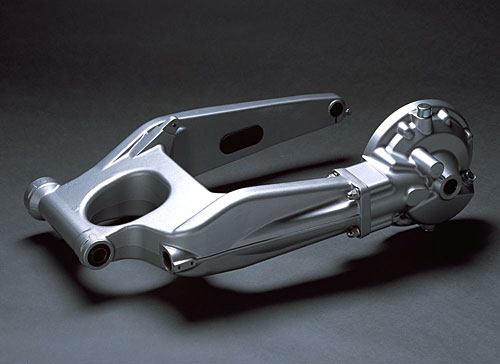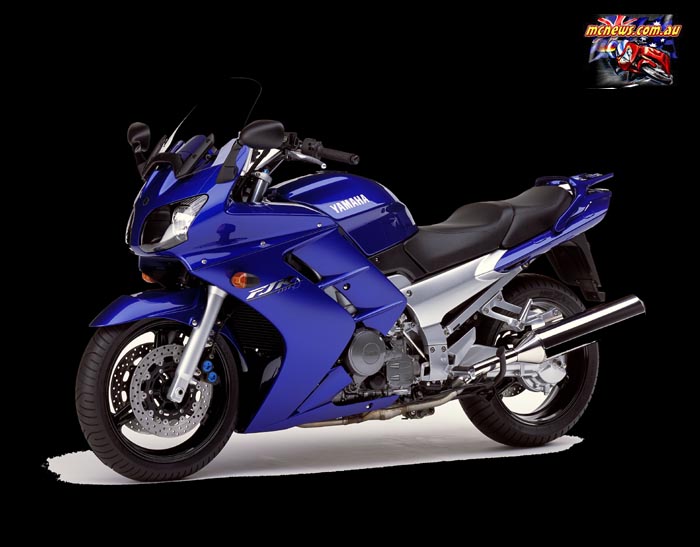Yamaha claim their new FJR 1300 has the chassis performance of a sportsbike along with the ergonomic amenities of a long-distance touring machine. We recently covered some 2,000 kilometres on Yamaha’s new touring flagship and put those claims to the test.
The 1,298cc four-cylinder engine has M-A-J-O-R grunt. Yamaha say that this is an all-new design. 4-valves per cylinder are utilised rather than Yamaha’s trademark 5-valve per cylinder design. The engine is a stressed member with an R1 style one-piece block and crankcase assembly.

Electronic fuel injection takes care of the fuel delivery duties and is fed from a large 25-litre fuel tank. This provides a touring range of around 400 kilometres.
Surprisingly, for such a large motorcycle, the FJR picks up its front wheel on acceleration, without any extra provocation from the rider. You can even keep it up there for a few gears if you are game.

The drivetrain is silky smooth, right through to the 9,000rpm red-line. A broad range of torque is on tap throughout the rev range. Enough torque to make any remotely sporting V-Twin green with envy. In fact, I reckon this thing would embarrass most sportsbikes at the stop-light drags. The engine is a gem, enough said on that score.
These ample reserves of power are transferred to the ground via a smooth 5-speed gearbox. Final drive is by way of a shaft system. All shaft-drive motorcycles I have ridden ‘climb’ under hard acceleration. By this I mean the rear of the machine actually rises, and pushes the rider higher, as the torque is transferred to the shaft. The FJR is the first shaft drive bike I have ridden that didn’t exhibit this distinct trait, so Yamaha have obviously done their homework in this area.
I asked Yamaha for an explanation of how this was achieved, “In simple terms the engineers, after extensive development and testing, achieved a reduction in the torque reaction of the shaft drive due to the unique low positioning of the swingarm pivot.”
Chassis performance of a sportsbike? Now that is stretching things a little too far. However, the FJR does handle better than what you would expect from a touring biased motorcycle.
Huge 48mm adjustable front forks cope admirably with anything thrown at them. Fork travel and spring rates seem spot on, even under the most trying of conditions I failed to make the forks bottom or misbehave.
The rear suspension does well, but is not quite up to the same level. That said though, the rear suspension does perform as good as any other big tourer I have ridden.
A handy feature is the fact that the rear shock has a hard/soft preload adjustment lever to quickly switch between solo and pillion settings.
Ground clearance is good for this class of bike, you have to be really getting excited before things start to touch down.
























